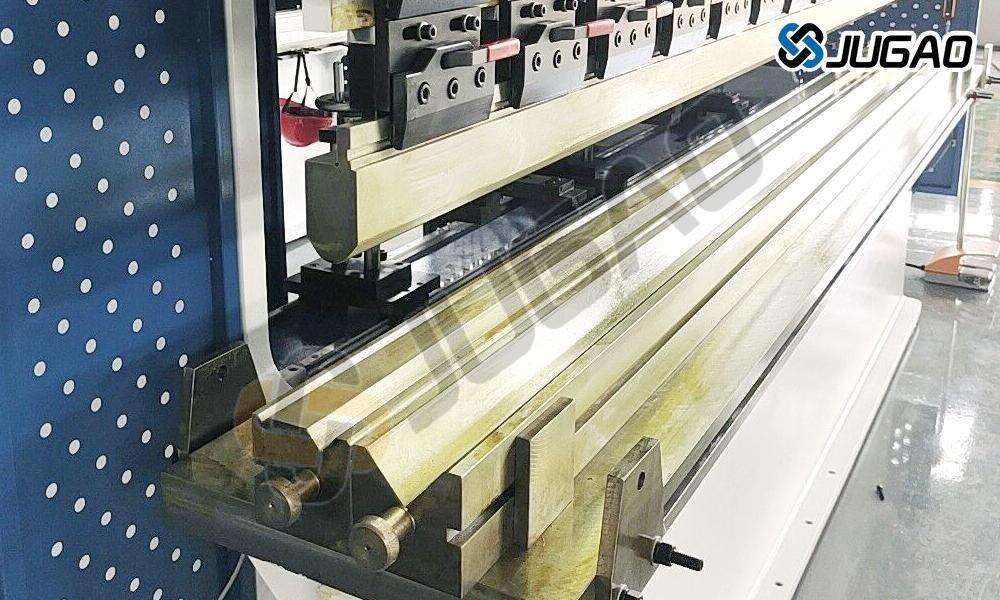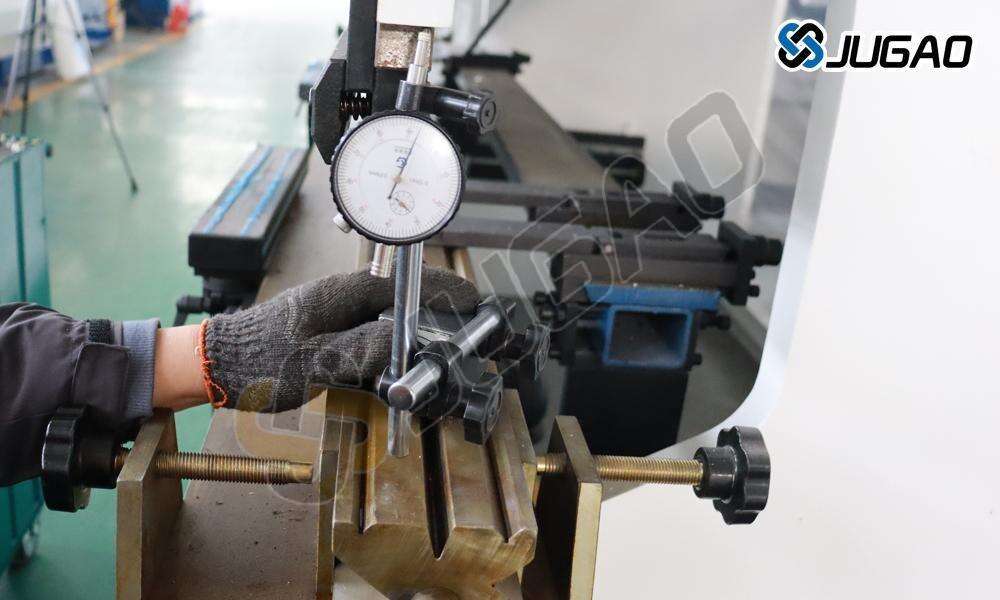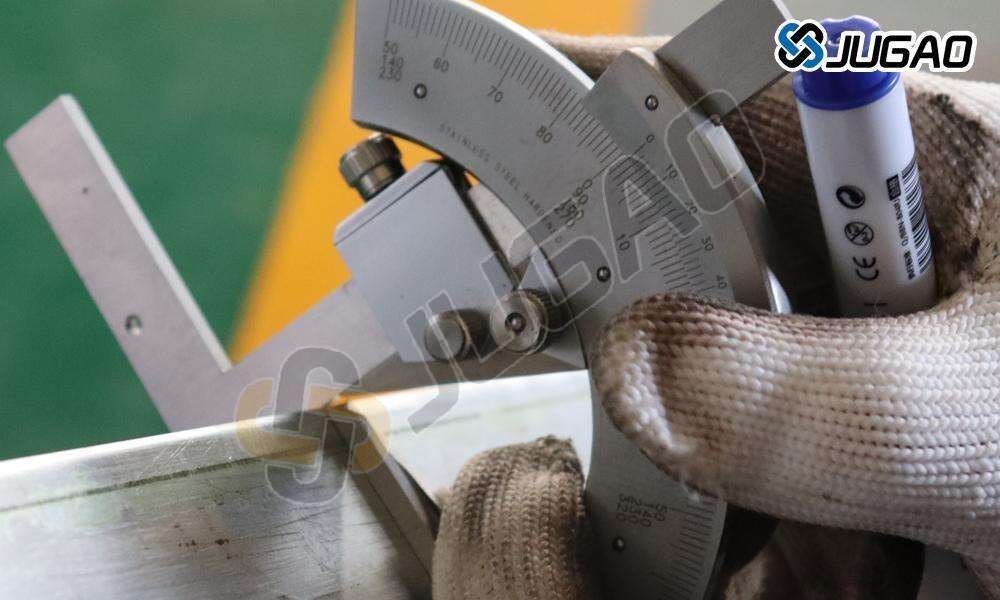How to Adjust a CNC Press Brake to Resolve Sheet Metal Bend Deviation Issues
When using a CNC press brake for sheet metal processing, bend deviation may occasionally occur. In this case, a systematic inspection of the equipment is necessary. First, check the press brake mold for damage or breakage. If a defective mold is found, replace it promptly to eliminate processing errors caused by mold problems.

During a safety inspection of the CNC press brake, if no obvious damage is found, further inspect the flatness of the guide rails, slides, and worktable. If these flatness levels do not meet standard requirements, adjustments should be made according to relevant technical specifications to ensure the entire equipment is in good mechanical condition.

If the workpiece bending angle still deviates even when the mold and equipment are flat, the problem may be due to the hydraulic system's balancing mechanism. If the balancing mechanism in the CNC press brake's hydraulic system fails to ensure even distribution of pressure oil between the left and right cylinders, uneven bending can occur. Such issues require attention.

Switch the press brake to "Adjustment Start" mode, remove the mold or other accessories, and ensure that the rollers are firmly against the mechanical stops. Then adjust the pressure gauge to the set value.
In practice, the press brake's built-in micrometer gauge can be retracted 3–4 mm, then the system pressure can be adjusted using a foot pedal. During the system pressure increase and decrease, observe the micrometer gauge display for deviation. Once the reading is within the specified range, adjustment can be completed. In addition to the above methods, regular maintenance of the press brake is also an important measure to ensure stable equipment operation and optimal processing efficiency.
Factors Affecting the Quality and Structure of CNC Press Brake Molds
1. The internal structure and layout of the mold should be determined based on the geometric characteristics of the workpiece being produced, the manufacturing size and difficulty, and the mold manufacturing cost. For plastic molds, the workpiece machining accuracy directly affects the mold's structural design, so this manufacturing step requires extreme caution.
2. After determining the mold's internal structure and cavity shape, the parting surface must be appropriately selected. The definition of the parting surface area should be carefully documented and strictly controlled during mold processing and final appearance.
3. Use an appropriate ejection method and carefully control the size, position, and direction of the venting slots to ensure smooth demolding and mold quality.
4. Determine the type of gating system used in the mold and arrange it appropriately based on the gate size and venting system sequence to ensure uniform and stable material flow and filling.
5. Rapid cooling is required after pouring, and the post-cooling heating treatment method should be determined. The structure of the molded part should be rationally arranged based on the thickness tolerance requirements and external structure of the part, prioritizing strength and corrosion resistance.



















































